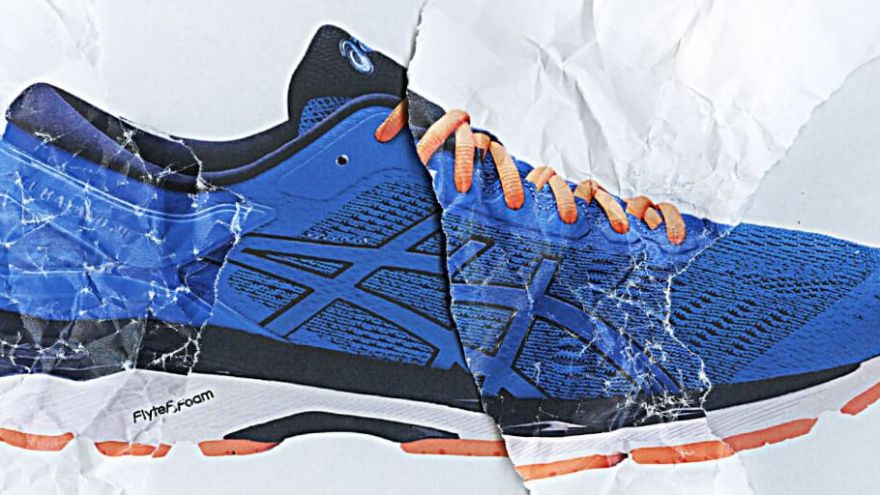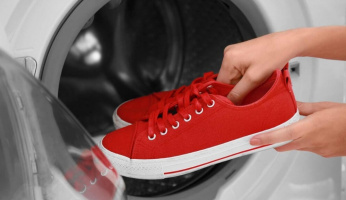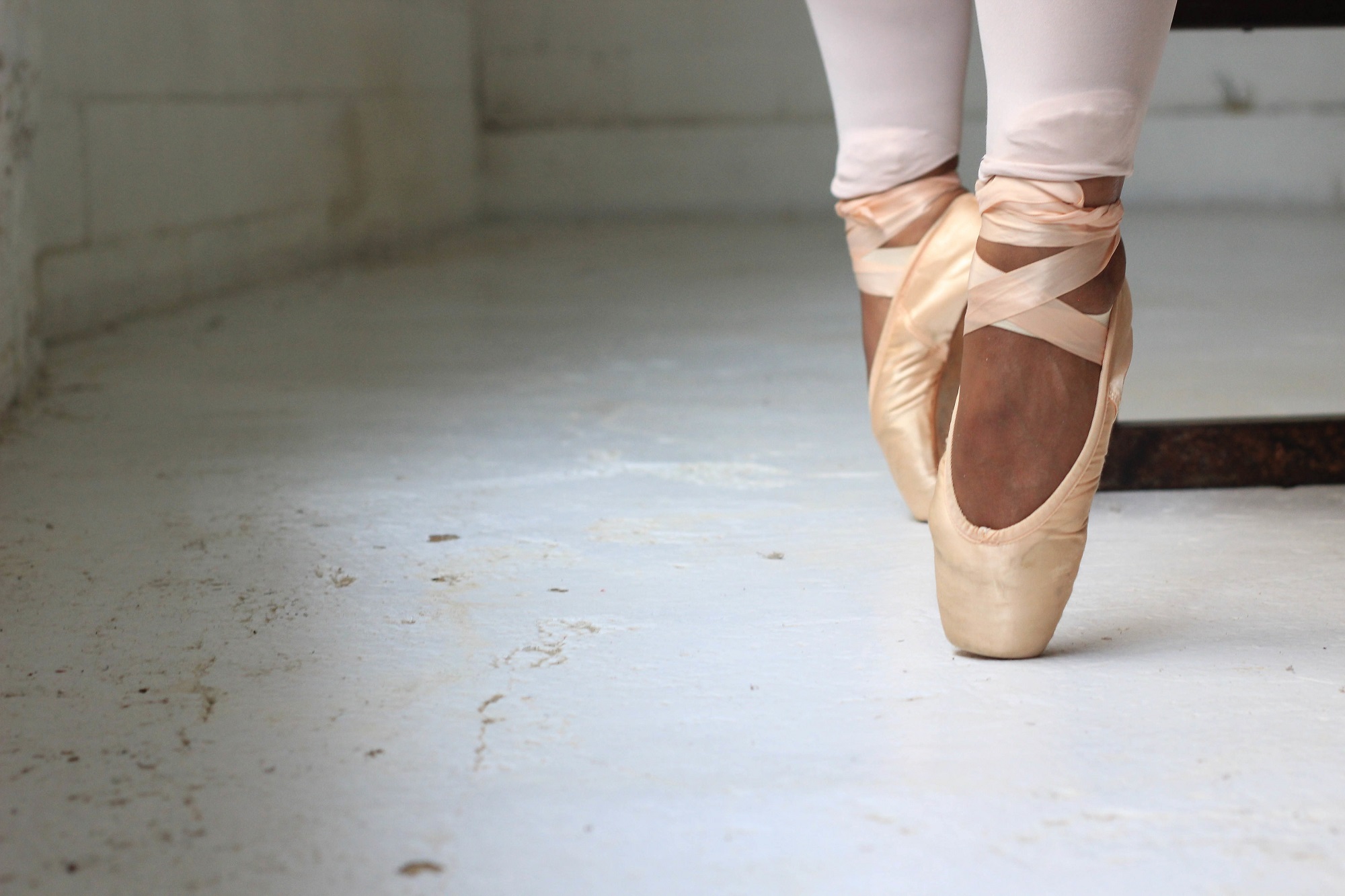How Often Should You Replace Running Shoes?
 How Often Should You Replace Running Shoes? www.walkjogrun.net
How Often Should You Replace Running Shoes? www.walkjogrun.net Always think of a running shoes’ life in terms of miles, not time. Most runners follow the 400 to 500 miles rule.
Whether you’re a 5K runner, an ultramarathon runner, or a blow the cobwebs off kind of runner, your running shoes should be your best friend. They’re there to take care of you and support your training, whether you’re running through rugged forests or up mountains.
But when running shoes decline in their shock-absorption capabilities, your poor feet are at risk of injuries, or the least a painful run.
So instead, seriously asking yourself how long do running shoes last means you’ll get the most out of your training.
How long should running shoes last?
Most runners follow the 400 to 500 miles rule. But you may be able to get more miles out of your running shoes if they’re not showing any noticeable wear. Remember that when to replace your running shoes varies quite dramatically per individual.
For example, using your runners also means you may get less or more miles out of them. Runners that overpronate may need to replace their running shoes every 250 to 300 miles, whereas those with a perfect foot strike may be able to run in their shoes for 500 or more miles.
Where you run, your weight and running mechanics can also impact the life of your old shoes. Keeping these factors in mind helps know how often you should replace running shoes.
For example, an average-weight runner with an almost-perfect stride will find their running, hiking, or tennis shoes can do more miles than a heavy runner who overpronates. What’s more, those who tread rough or arid terrain may need to replace their shoes quicker than those running on shaded, smooth trails.
If you’re still asking yourself how many miles are running shoes good for or find it challenging to know when you’ve reached the 300 to the 500-mile average duration of running shoes, try wearing a GPS device or fitness watch to track your progress.
You can keep track of your weekly running hours if you’re a regular runner. Hence, runners who clock up 20 miles per week could get a good four to six months out of your runners before they wear down.
However, lighter-weight or more minimalist models may need to be replaced sooner.
6 signs you should replace your running shoes
Wearing in a new pair of shoes can be painful and laborious, so it’s no surprise that we often ignore the tell-tale signs of wear and tear.
Watch out for the below signs so you know when your running shoes need an upgrade. These tips can also help with questions about how long do walking shoes last and how long do tennis shoes last.
1. Watch out for the built-in support system breaking down. You may notice this in the form of cracks in the midfoot, less arch support, and less cushioning. Y
ou may even catch a loss of balance due to one shoe being more worn than the other or your feet moving around too much, indicating less structure in the upper section of the shoe.
2. A run equals sore feet. When asking yourself how often you should change running shoes, check your feet for any pain when you’ve finished a run.
Any stiffness or soreness at the bottoms of your feet, especially the arches, indicates that the outsoles of your shoes may have worn down. This wearing down leaves a poor fit, no cushioning, and sore feet.
3. Sudden aches and pains. It’s not just your feet that can feel pain with tired running shoes. When you also feel pain and aching in your hips, knees, or ankles after a run, it might be time to get a new pair of running shoes.
Again, this suggests overuse and that the cushioning in your shoes has deteriorated beyond comfort.
4. Poor grip and worn-out treads. No matter what shoe you own, the tread inevitably wears down, occurring even quicker with running shoes. As a result, you might notice you begin to slip more as the tread wears down, especially when running over wet surfaces.
5. Blisters and brush burn. If your favorite running shoes have been plenty comfortable for months and then suddenly start to rub your toes, heels, or ankles, you know there’s something wrong.
This issue is clear when to replace running shoes because their shape has probably altered, or vital material has worn away.
6. Tough midsoles. When you first buy new running shoes, your midsole should feel soft and slightly spongy. But when the midsole feels tough, the cushioning has probably compressed and now lacks support.
So when to replace your running shoes?
As already mentioned, to avoid the risk of discomfort or injury, try to replace your running shoes with no less than every 400 to 500 miles. Although it’s only a rough time frame, you can think of this distance as the type of distance you’d cover training for a marathon.
It’s easier to answer the question of ‘how often should you replace running shoes’ when you think of the life of running shoes in this way. After you’ve run this kind of distance, you’re likely to see your running shoes suffering much of the damage mentioned above. Your feet will now lack the support needed for comfortable and safe runs.
Learning to figure out how many miles you can get out of running shoes becomes easier with time, but until then, we hope the tips and tricks provided will save you from pain and discomfort.















